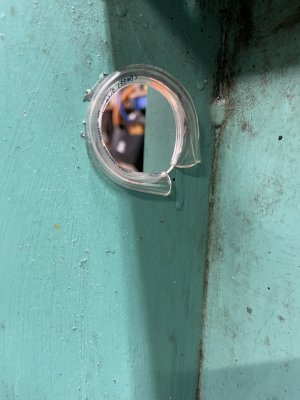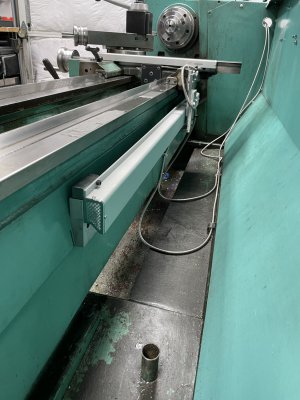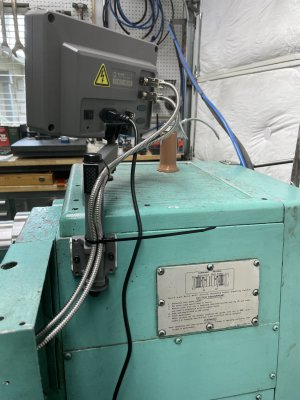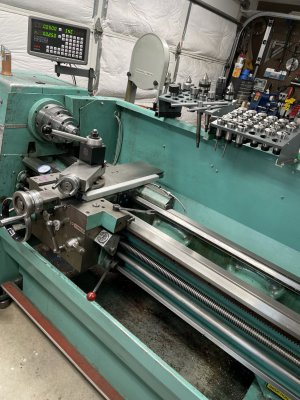- Joined
- Jul 29, 2014
- Messages
- 2,737
I also have a couple Ditron D80's. They're very readable and the user interface is bad but usable. I'm happy with the features...though I don't use much of anything other than the position itself. Where I'm not fully satisfied is with the X axis magnetic scale...I just can't trust that it's going to read correctly and match up with a cut after the fact. The Z axis has always been acceptable, but i've gone through a couple magnetic strips and an upgrade to 1 um...but still it's just not reliable. The lathe itself is fine, in that the dial movement always corresponds closely to the cut. I'm thinking now that glass scales might be better, since I've seen some localized errors from stray ferrous chips. But the glass scales I've seen are so much clunkier than the slim mag scales. Wish I knew of a tiny glass scale for the cross-slide.





